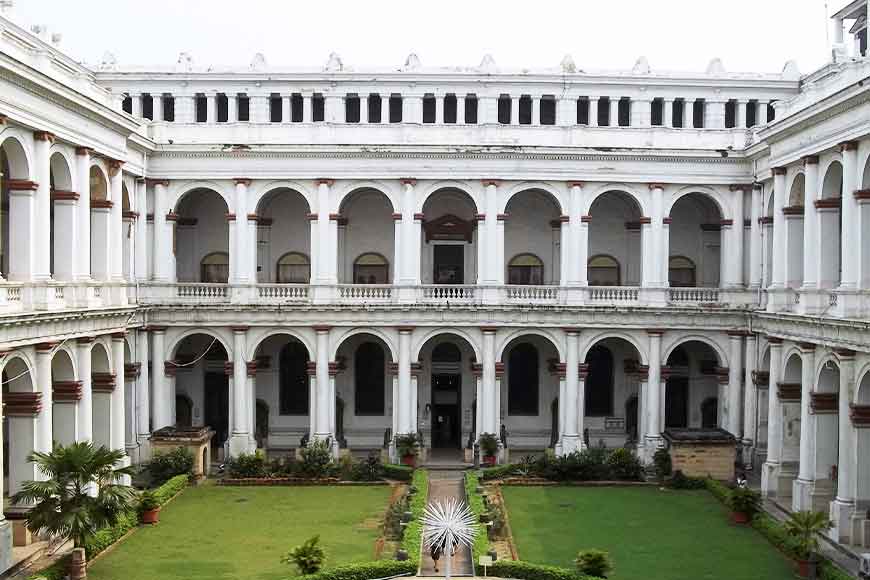Magic of Kolkata’s Jadughar

While passing in front of the Indian Museum, has it ever occurred to you why we call it Jadhughar? What is the magic associated with this place? You can witness the magic of various eras in every corner of this place. Be it the dinosaur era or the Egyptian civilization, you can be transported to any age once you step into this museum. Libraries, undoubtedly can take you back in the sands of time to an extent when men had just learnt writing. But the power of a museum is simply unfathomable.
Indian Museum off Park Street Metro Station happens to be one of the largest and oldest museums of modern India and the entire continent of Asia. The museum has the utmost responsibility of preserving history but itself is steeped in history. It dates back to 1748,when William Jones created Asiatic Society of Bengal with the idea of doing a research on western countries in the capital of India, which was then Kolkata. The office was in Fort William. The members of the Asiatic society realized the importance of things of prehistoric times to complete the research. If they needed to study the natural world, they would require samples of microorganisms and matter. This led to the decision of building Indian Museum in 1976.
In 1808, the British government allotted a space in Chowringhee for Indian Museum. The office of Asiatic Society was shifted to Park Street in that year itself. The gigantic time machine began its journey on February 2, 1814. It was then called Oriental Museum of Asiatic Society. Later, the name was changed to Imperial Museum. During Sreerampore war, botanist Nathaniel Wolff Wallich was a captive. He used to dream about a museum. When he left his country, the first museum in Denmark had already began its journey. After his potential in science was realized by Sarkar Bahadur, he was released from the prison. Then, he wrote a letter to the authorities of Asiatic Society, requesting them to establish a museum. He had also expressed his desire of serving the museum as a curator without charging anything. He had also promised to offer them rarest of the trees. He was the first honorary curator of the Indian Museum.
The building with the Victorian architecture that you see today was established in 1867. The architect was W.L. Granville. It was only after India received its independence, that Indian Museum came under the control of the Indian government.









